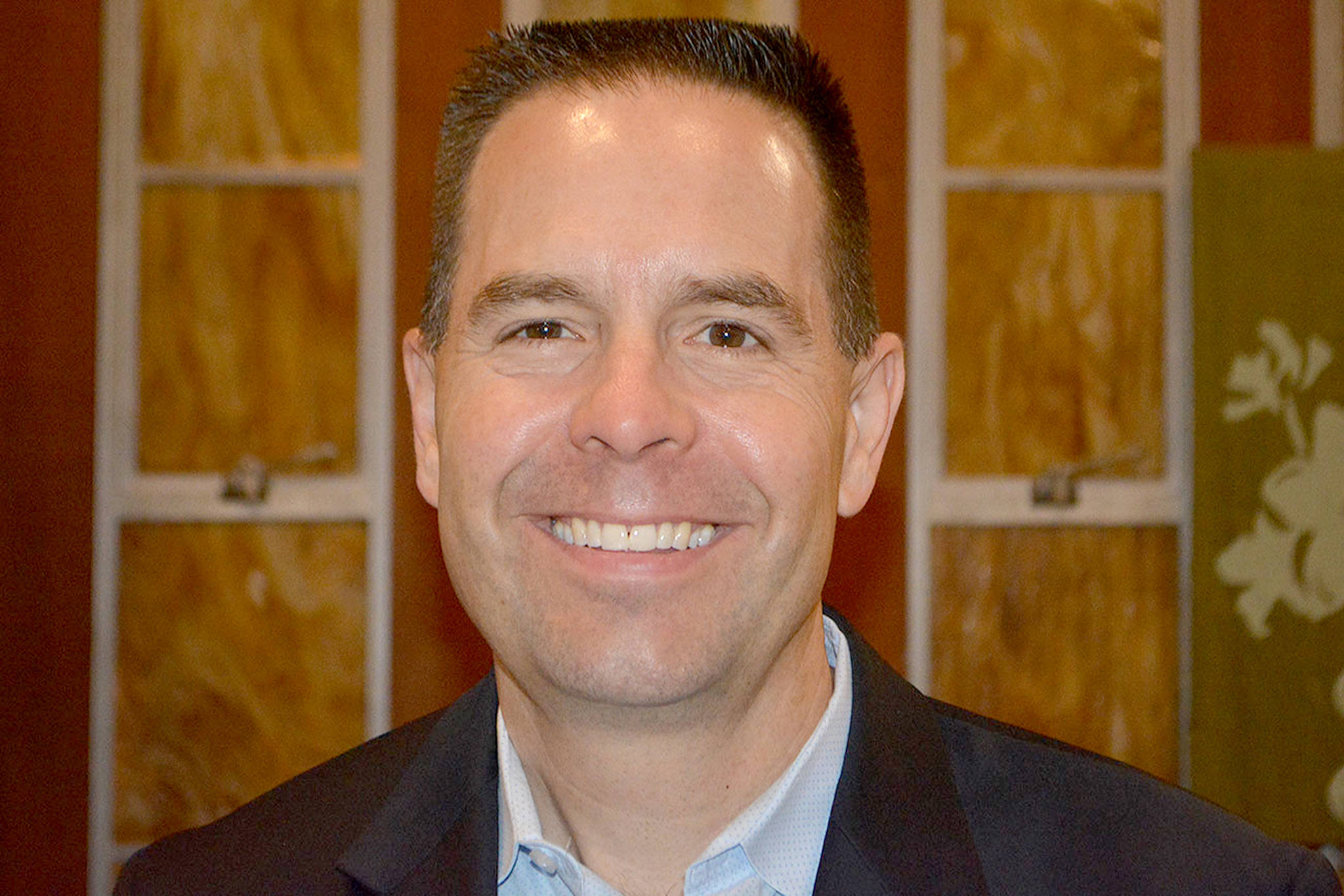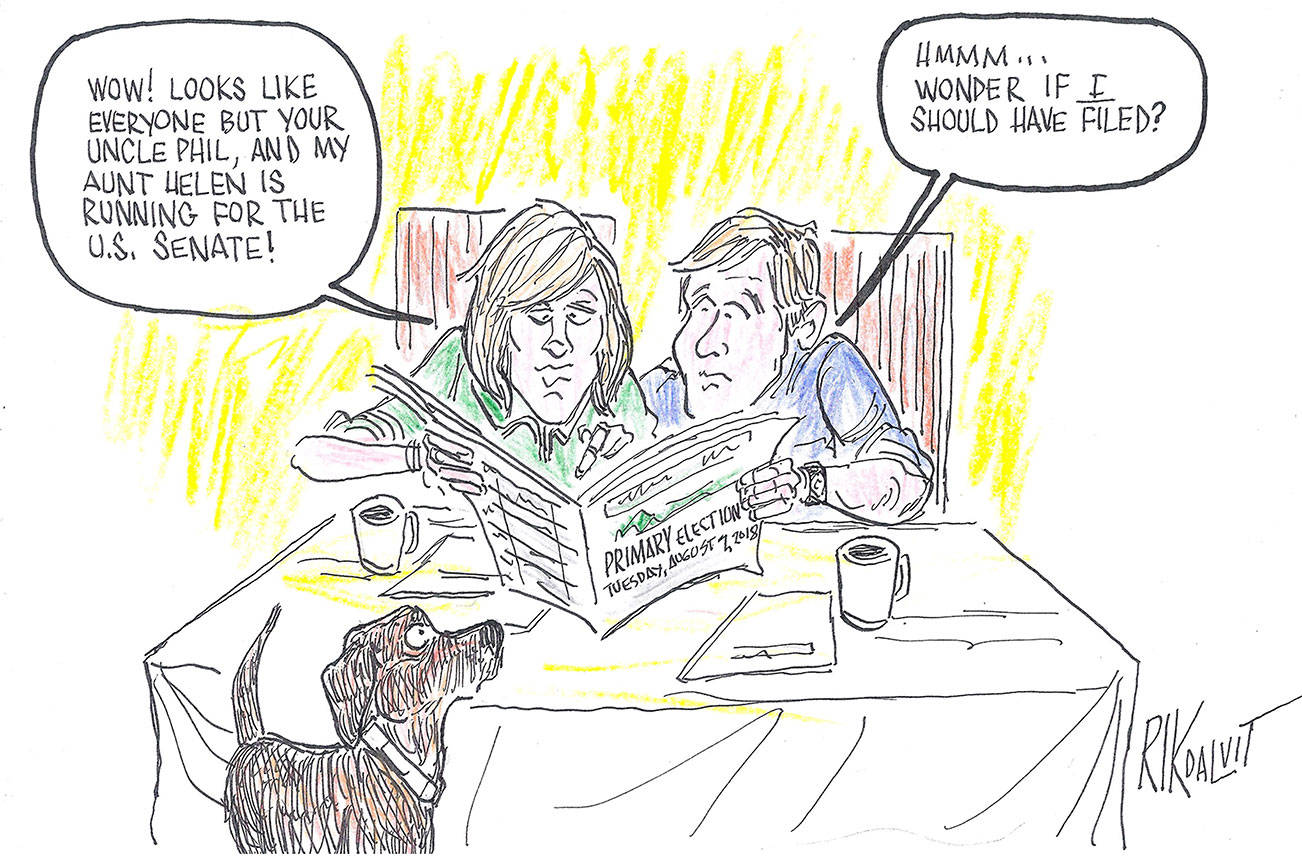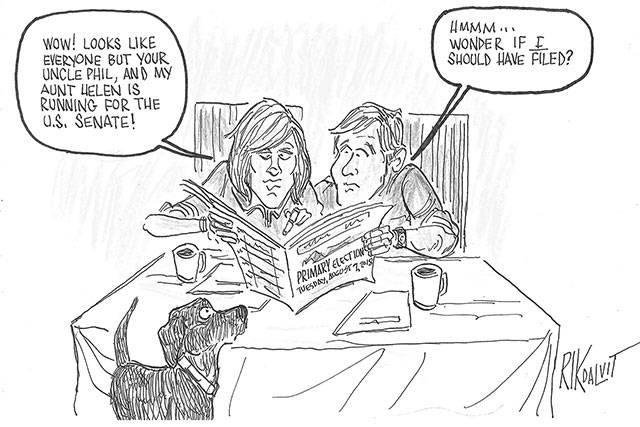The city of Marysville has a biennial budget, meaning that city staff develops and the City Council approves a budget every two years, then reviews and may adjust as needed in the off years. This is an “on” year, so this summer we are thoroughly reviewing projections and priorities for the 2019-2020 budget.
This month I’d like to provide some background about city revenues. We are thrifty stewards of your money. As a Marysville resident and taxpayer myself, I also want our tax dollars to be used efficiently and productively. The city receives revenues from many sources:
•Charges for services (39 percent of total revenues in 2017-18 budget): Most of this income is from payment for water and sewer services. Other sources include golf and recreational program fees, court probation and jail services, and traffic mitigation.
•Miscellaneous/other revenue (22 percent): This is mostly made up of operating transfers that include moving funds from reserves or operations to pay for capital construction and debt.
•Property taxes (13 percent): Property taxes include regular taxes to the city and to support Emergency Medical Services. It surprises some that only 13 percent of the city budget comes from property taxes.
•Retail sales and use taxes (12 percent): Marysville’s 9.1 percent retail sales tax rate includes .2 percent for the Transportation Benefit District that voters approved in 2014. New retail and unfinished construction have added to our sales tax revenues in recent years. The city has been following changes to sales tax laws on online and cross-state purchases that now collect sales tax based on where the customer receives the merchandise (the destination of the sale). The lodging tax, a 2 percent hotel/motel tax, is used to invest in projects intended to promote tourism.
•Other business taxes (7 percent): About 3/4ths of this category comes from taxes assessed on utilities for services sold within city limits. Utility taxes for electricity and natural gas vary depending on weather, making estimating future revenues difficult. Another 1/4 comes from Real Estate Excise Tax on real estate sales. With a current strong housing market, we can anticipate some growth here.
•Intergovernmental (5 percent): This category includes grants and state revenues. Marysville has been successful in many grant applications, with grants making up slightly more than half of this revenue. •Licenses and permits (2 percent): This category is mostly building permits and franchise fees, so it fluctuates with the housing market.
In November I will submit a proposed biennial budget to the City Council and for public review. In the meantime, if you’d like to know more about the city’s budget process or review revenues and expenditures, please visit www.marysvillewa.gov/123/Finance.
Jon Nehring is the mayor of Marysville. His column runs monthly.











